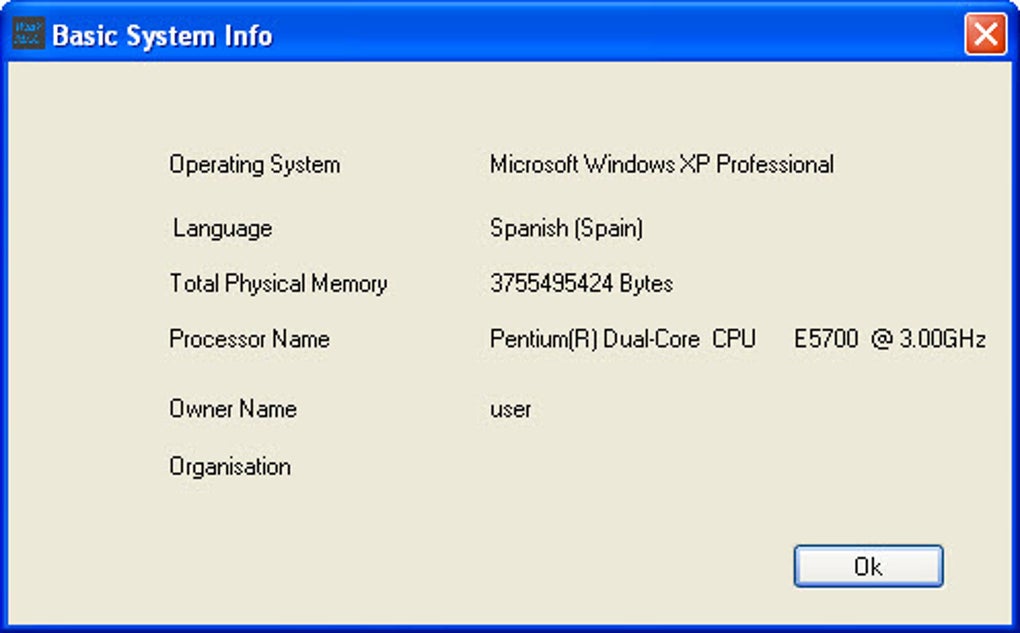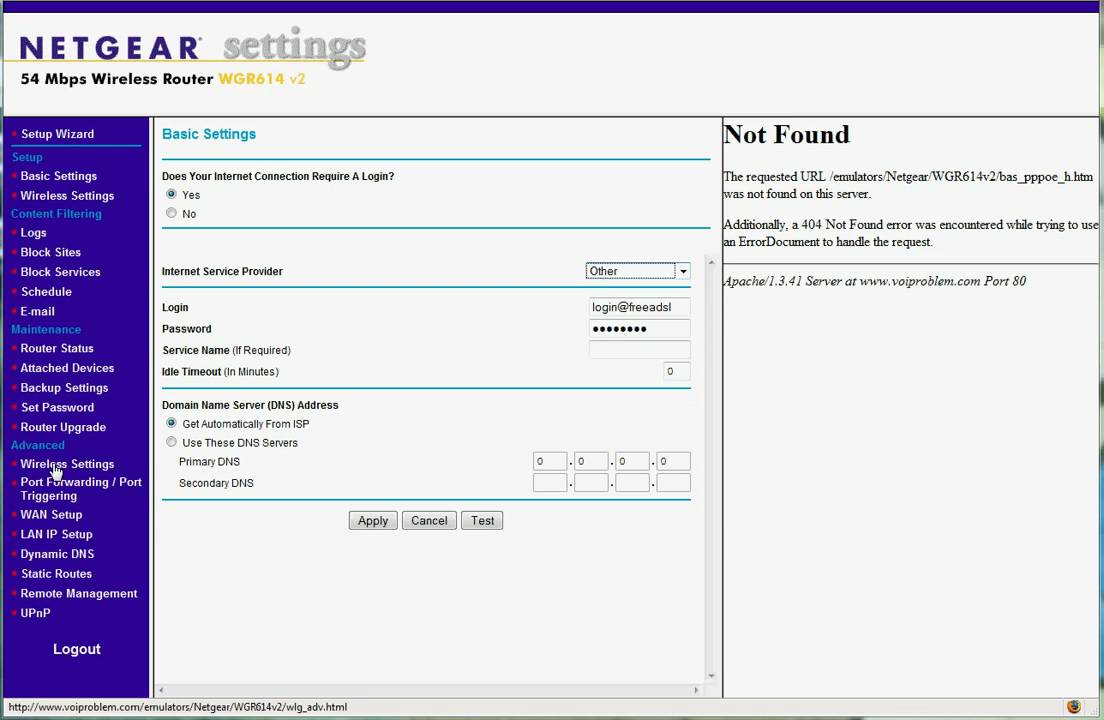-->
Applies to:
Potentially unwanted applications (PUA) are a category of software that can cause your machine to run slowly, display unexpected ads, or at worst, install other software that might be unexpected or unwanted. PUA is not considered a virus, malware, or other type of threat, but it might perform actions on endpoints that adversely affect endpoint performance or use. The term PUA can also refer to an application that has a poor reputation, as assessed by Microsoft Defender for Endpoint, due to certain kinds of undesirable behavior.
Here are some examples:
- SecurityXploded is an Infosec Research Organization offering 200+ FREE Security/Password Recovery Tools, latest Research Articles and FREE Training on Reversing/Malware Analysis.
- Find MAC Address - Easy way to find the MAC address of a local or remote computer on the network. LizardSystems.
Block Tracking mac software, free downloads and reviews at WinSite. Free Mac Block Tracking Shareware and Freeware.
- Advertising software that displays advertisements or promotions, including software that inserts advertisements to webpages.
- Bundling software that offers to install other software that is not digitally signed by the same entity. Also, software that offers to install other software that qualifies as PUA.
- Evasion software that actively tries to evade detection by security products, including software that behaves differently in the presence of security products.
Tip
For more examples and a discussion of the criteria we use to label applications for special attention from security features, see How Microsoft identifies malware and potentially unwanted applications.
Potentially unwanted applications can increase the risk of your network being infected with actual malware, make malware infections harder to identify, or waste IT resources in cleaning them up. PUA protection is supported on Windows 10, Windows Server 2019, Windows Server 2022, and Windows Server 2016. In Windows 10 (version 2004 and later), Microsoft Defender Antivirus blocks apps that are considered PUA for Enterprise (E5) devices by default.
Microsoft Edge
The new Microsoft Edge, which is Chromium-based, blocks potentially unwanted application downloads and associated resource URLs. This feature is provided via Microsoft Defender SmartScreen.
Enable PUA protection in Chromium-based Microsoft Edge
Although potentially unwanted application protection in Microsoft Edge (Chromium-based, version 80.0.361.50) is turned off by default, it can easily be turned on from within the browser.
In your Edge browser, select the ellipses, and then choose Settings.
Select Privacy, search, and services.
Under the Security section, turn on Block potentially unwanted apps.
Tip
If you are running Microsoft Edge (Chromium-based), you can safely explore the URL-blocking feature of PUA protection by testing it out on one of our Microsoft Defender SmartScreen demo pages.
Block URLs with Microsoft Defender SmartScreen
Mac Address Filtering software, free download
In Chromium-based Edge with PUA protection turned on, Microsoft Defender SmartScreen protects you from PUA-associated URLs.
Security admins can configure how Microsoft Edge and Microsoft Defender SmartScreen work together to protect groups of users from PUA-associated URLs. There are several group policy settings explicitly for Microsoft Defender SmartScreen available, including one for blocking PUA. In addition, admins can configure Microsoft Defender SmartScreen as a whole, using group policy settings to turn Microsoft Defender SmartScreen on or off.
Although Microsoft Defender for Endpoint has its own blocklist based upon a data set managed by Microsoft, you can customize this list based on your own threat intelligence. If you create and manage indicators in the Microsoft Defender for Endpoint portal, Microsoft Defender SmartScreen respects the new settings.
Microsoft Defender Antivirus and PUA protection
The potentially unwanted application (PUA) protection feature in Microsoft Defender Antivirus can detect and block PUA on endpoints in your network.
Note
This feature is available in Windows 10, Windows Server 2019, Windows Server 2022, and Windows Server 2016.
Microsoft Defender Antivirus blocks detected PUA files and any attempts to download, move, run, or install them. Blocked PUA files are then moved to quarantine. When a PUA file is detected on an endpoint, Microsoft Defender Antivirus sends a notification to the user (unless notifications have been disabled) in the same format as other threat detections. The notification is prefaced with PUA: to indicate its content.
The notification appears in the usual quarantine list within the Windows Security app.
Configure PUA protection in Microsoft Defender Antivirus

Mac Address Blocking software, free download
You can enable PUA protection with Microsoft Intune, Microsoft Endpoint Configuration Manager, Group Policy, or via PowerShell cmdlets.
You can also use PUA protection in audit mode to detect potentially unwanted applications without blocking them. The detections are captured in the Windows event log.
Tip
Visit the Microsoft Defender for Endpoint demo website at demo.wd.microsoft.com to confirm that the feature is working, and see it in action.
PUA protection in audit mode is useful if your company is conducting an internal software security compliance check and you'd like to avoid any false positives.
Use Intune to configure PUA protection
See Configure device restriction settings in Microsoft Intune and Microsoft Defender Antivirus device restriction settings for Windows 10 in Intune for more details.
Use Configuration Manager to configure PUA protection
PUA protection is enabled by default in the Microsoft Endpoint Manager (Current Branch).
See How to create and deploy antimalware policies: Scheduled scans settings for details on configuring Microsoft Endpoint Manager (Current Branch).
For System Center 2012 Configuration Manager, see How to Deploy Potentially Unwanted Application Protection Policy for Endpoint Protection in Configuration Manager.
Note
PUA events blocked by Microsoft Defender Antivirus are reported in the Windows Event Viewer and not in Microsoft Endpoint Configuration Manager.
Use Group Policy to configure PUA protection
Download and install Administrative Templates (.admx) for Windows 10 October 2020 Update (20H2)
On your Group Policy management computer, open the Group Policy Management Console.
Select the Group Policy Object you want to configure, and then choose Edit.
In the Group Policy Management Editor, go to Computer configuration and select Administrative templates.
Expand the tree to Windows Components > Microsoft Defender Antivirus.
Double-click Configure detection for potentially unwanted applications.
Select Enabled to enable PUA protection.
In Options, select Block to block potentially unwanted applications, or select Audit Mode to test how the setting works in your environment. Select OK.
Deploy your Group Policy object as you usually do.
Use PowerShell cmdlets to configure PUA protection
To enable PUA protection
Setting the value for this cmdlet to Enabled turns on the feature if it has been disabled.
To set PUA protection to audit mode
Setting AuditMode detects PUAs without blocking them.
To disable PUA protection
We recommend keeping PUA protection turned on. However, you can turn it off by using the following cmdlet:
Setting the value for this cmdlet to Disabled turns off the feature if it has been enabled.
For more information, see Use PowerShell cmdlets to configure and run Microsoft Defender Antivirus and Defender cmdlets.
View PUA events using PowerShell
PUA events are reported in the Windows Event Viewer, but not in Microsoft Endpoint Manager or in Intune. You can also use the Get-MpThreat cmdlet to view threats that Microsoft Defender Antivirus handled. Here's an example:

Get email notifications about PUA detections
You can turn on email notifications to receive mail about PUA detections.
See Troubleshoot event IDs for details on viewing Microsoft Defender Antivirus events. PUA events are recorded under event ID 1160.
View PUA events using advanced hunting
If you're using Microsoft Defender for Endpoint, you can use an advanced hunting query to view PUA events. Here's an example query:
To learn more about advanced hunting, see Proactively hunt for threats with advanced hunting.
Exclude files from PUA protection
Sometimes a file is erroneously blocked by PUA protection, or a feature of a PUA is required to complete a task. In these cases, a file can be added to an exclusion list.
For more information, see Configure and validate exclusions based on file extension and folder location.
See also
Mesh
Technitium Mesh is a secure, anonymous, peer-to-peer (p2p), open source instant messenger designed to provide end-to-end encryption. It can be used for messaging over the Internet as well as private LAN networks not connected to the Internet.
The software relies on strong cryptography using DHE-2048, ECDHE-256, RSA-2048 and AES-256 algorithms for encryption and authentication. The instant messenger is a successor to Bit Chat and is currently available only for Windows.

MAC Address Changer
Technitium MAC Address Changer (TMAC) is a popular freeware utility to change or spoof MAC address of wired or wi-fi network adapters for Windows.
Apart from changing MAC address, you can use the feature rich software to completely configure your network adapter and also has presets feature to allow quick switching between multiple network configurations.
DNS Server
Technitium DNS Server is an open source tool that can be used for blocking Internet Ads using DNS Sinkhole, self hosting a local DNS server for privacy & security or, used for experimentation/testing by software developers on their computer.
It can be configured to use DNS-over-TLS or DNS-over-HTTPS forwarders, making all DNS queries private & secure for all your applications form being spied or hijacked.
DNS Client
Technitium DNS Client is an online domain name lookup service to quickly query any name server including root servers.
You can query for commonly used DNS resource records and quickly query to the authorative name server by using built-in recursive querying capability.
Technitium Blog
Technitium Blog covers news and information regarding Technitium Software and related support and feedback.

Software releases and updates are posted informing users about new features and changes. Users can get quick response to queries by writing comments.
Follow @technitium on Twitter to get updates.
Get HTTPS For Free!
Technitium is hosting Windows Command Prompt version of Get HTTPS For Free project that allows website owners to manually generate Let's Encrypt SSL certificates for their websites.
To generate an SSL certificate, you will need to install OpenSSL on your computer and follow the verification steps using Windows Command Prompt.
The fork of the original project is available on GitHub.